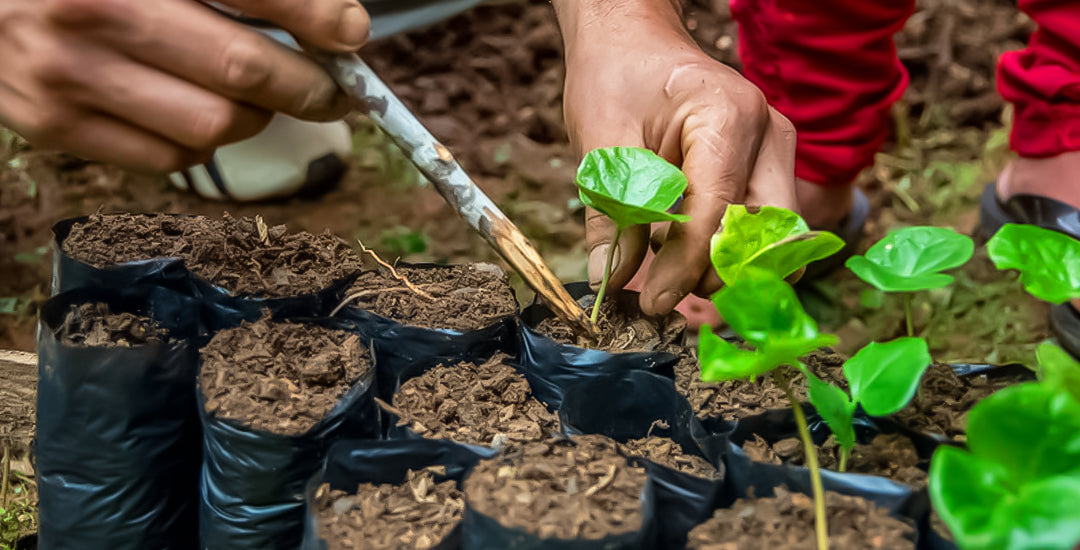
Mar 23 , 2023
Sustainability NOW: Climate Change Gardening
Climate change is an issue that affects everyone, and we all have a responsibility to take action to reduce our carbon footprint and mitigate its effects. One way we can do this is through gardening. Climate change gardening is a way to create a sustainable and eco-friendly garden that supports biodiversity and helps to mitigate the effects of climate change. In this blog, we will explore what climate change gardening is and how you can get started.
What is Climate Change Gardening?
Climate change gardening is a type of gardening that aims to reduce the impact of climate change on the environment. This type of gardening is based on the principles of sustainability and eco-friendliness, and it focuses on reducing carbon emissions, supporting biodiversity, and creating a healthy environment for both plants and animals.
One of the main goals of climate change gardening is to reduce carbon emissions by using sustainable gardening practices. For example, you can use compost instead of synthetic fertilizers to improve soil health, plant native species that require less watering, and use rainwater harvesting to reduce water consumption. These practices help to reduce your carbon footprint and make your garden more environmentally friendly.
Climate change gardening also focuses on supporting biodiversity by creating habitats for wildlife. This can be achieved by planting native species that provide food and shelter for birds, insects, and other animals. By creating a healthy ecosystem in your garden, you are not only helping to mitigate the effects of climate change but also supporting the natural environment.
Getting Started with Climate Change Gardening
Getting started with climate change gardening is easy. The first step is to assess your garden and identify areas where you can make improvements. For example, you may want to reduce your water consumption by installing a rainwater harvesting system or switch to using organic fertilizers to improve soil health.
The next step is to choose the right plants for your garden. When selecting plants, consider factors such as their water requirements, sunlight needs, and ability to thrive in your local climate. Native species are typically the best choice as they are adapted to the local environment and require less maintenance.
Another important aspect of climate change gardening is soil health. Healthy soil is essential for plant growth and supports biodiversity. You can improve soil health by using compost or organic fertilizers, avoiding the use of synthetic chemicals, and rotating your crops.
Conclusion
Climate change gardening is a way to create a sustainable and eco-friendly garden that supports biodiversity and helps to mitigate the effects of climate change. By using sustainable gardening practices, planting native species, and supporting soil health, you can reduce your carbon footprint and create a healthy environment for both plants and animals. So why not get started today and make a positive impact on the environment?
